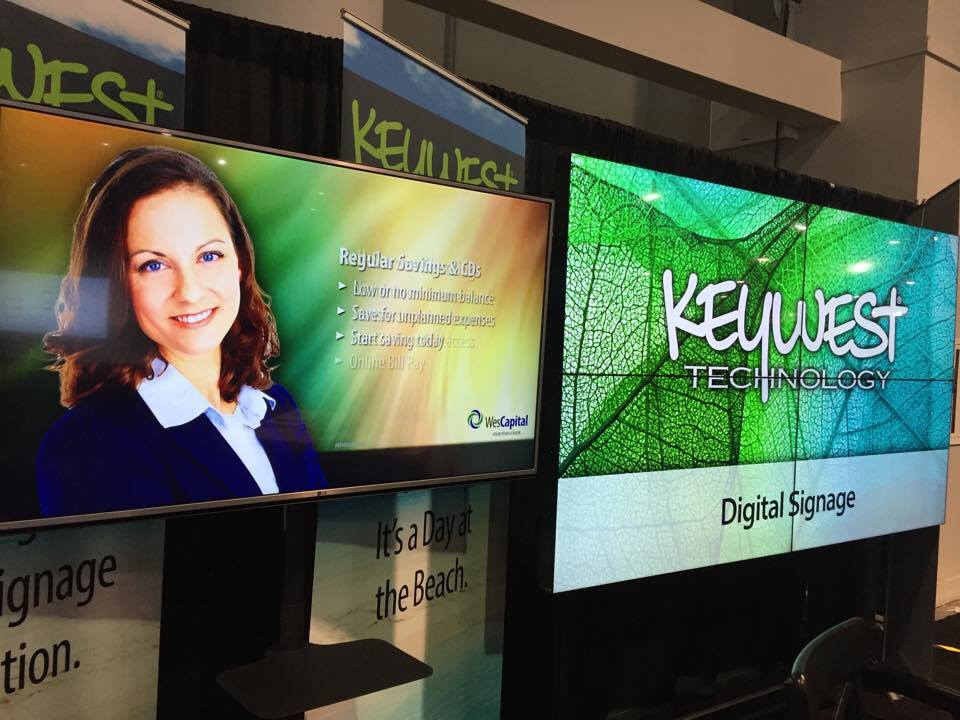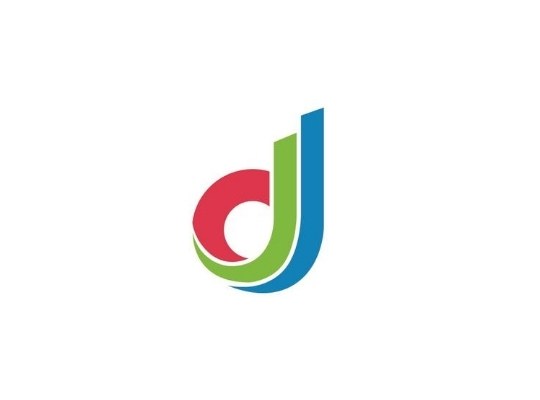Keywest Technology execs: Digital signage users now more educated, purposeful

Matt Weiss, an account executive at Keywest Technologies, recalls the first few years he and his colleagues attended the Digital Signage Expo when the show was relatively new (the first DSE was in 2004). Attendance was anemic and enthusiasm was low.

Matt Weiss
Keywest decided to take a couple of years off from the show.
“It wasn’t a good investment for us to be there,” Weiss said.
Eventually, digital signage started to become ubiquitous and Keywest returned to the trade show to feel out the industry. The decision paid off. Weiss said, especially this year, people are “far more enthusiastic” about digital signage.
“Prices are down, which has led to a lot more interest,” he said.
For example, six or seven years ago, a display was about $5,500. Now, players are about $500 and they do more.
For measure, people are also more educated about digital signage than they have been in the past.

Wes Dixon
“People are doing their homework. They’re more purposeful. This makes our jobs easier because we can help them with their goals right away rather than explaining some of the basics of hardware and software,” said Wes Dixon, VP of Sales at Keywest. “I can ask them what their pain is and why they think digital signage is the answer.
For most of his customers, the “pain” is having too much information and figuring out how to streamline it. Dixon said over-content is a major problem across industries, and use of white space is critical to try to control it.
“Millennials especially like digestible chunks of information – easy information,” he said. “However, digital signage has a voracious appetite and content gets stale quickly. We demand a longer attention span than people are now willing to give.”
The need for a SIC code
Dixon also shared his perspective on what the industry needs, the global market and what he predicts will be a trend for next year:
“The Digital Signage Federation is in a good position to get a SIC code,” he said.

Keywest’s Matt Weiss said digital door cards were in high demand this year at the Digital Signage Expo.
A SIC (Standard Industrial Classification) code is a 6-digit code used as a standard by federal statistical agencies in classifying establishments. SIC codes are grouped into industry groups, major groups and divisions; for example, “retail trade,” “wholesale trade,” “manufacturing” and “public administration.”
“There is no SIC code for this industry and it’s such a broad industry. There is no standard that defines those who do digital menu boards and those who do corporate communications, and those who do just hardware or software, for example,” Dixon said.
Dixon added there is a hurdle that exists globally in the digital signage industry.
“There are literally thousands of companies coming (to the U.S.) and it’s all being done wrong. The translations are terrible and it is compromising the product, the brand and the message,” he said. “We (the U.S. market) have worked hard to be hardware agnostic, but we need to ask more questions for the global market.”
Keywest plans to return to the Expo next year, and Dixon predicts most, if not all, end users will be on the cloud by then.
“People want to control the message and they can scale, centralize and change things quickly on the cloud,” he said. “Who wants to maintain software inside the network anymore? This will change, but 18 months is a technology generation, so who knows what other trends will come up.”






